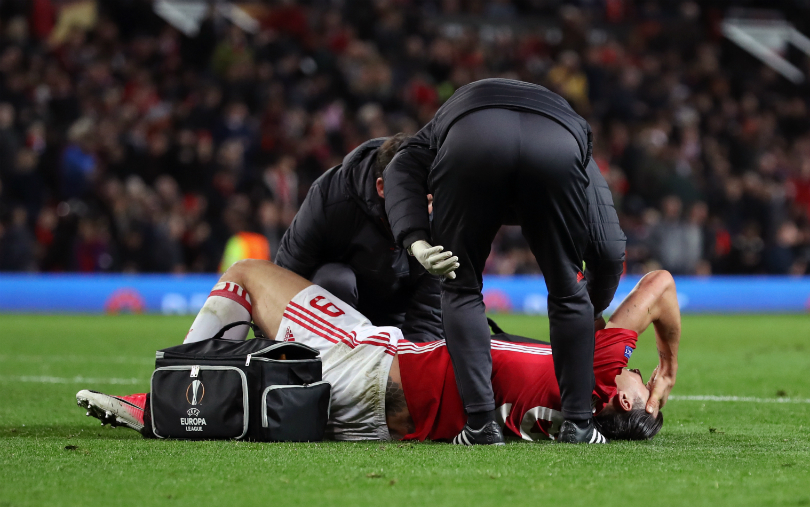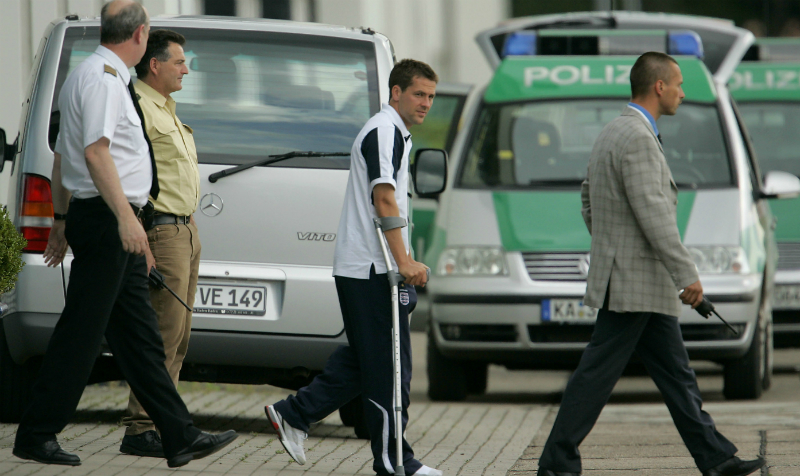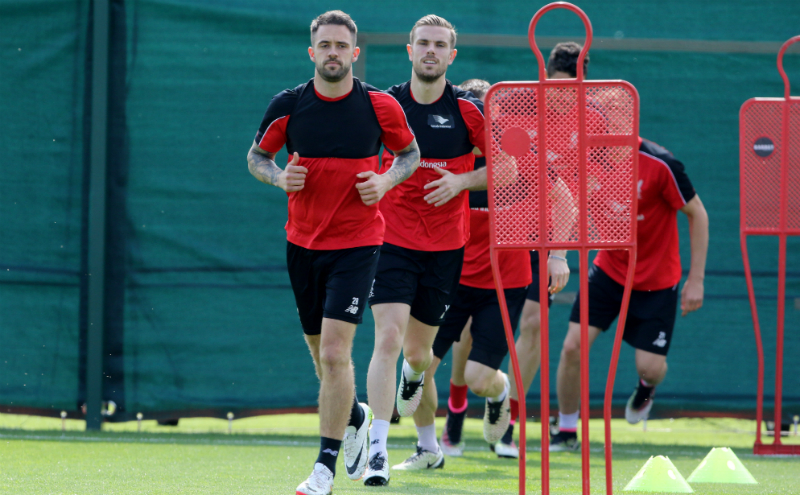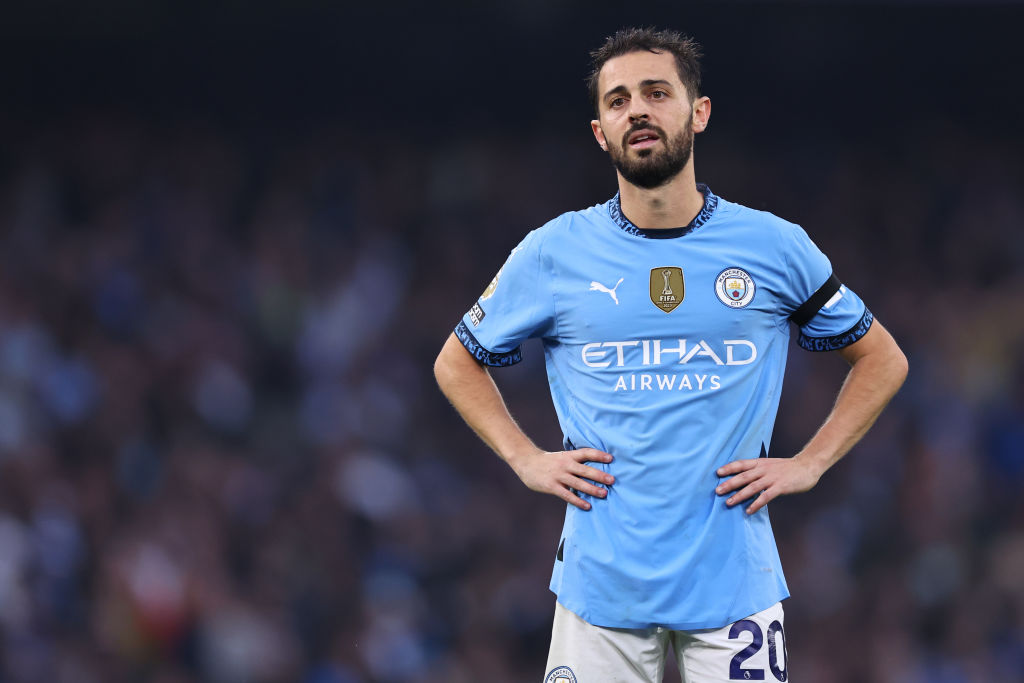Why do footballers get ACL injuries?
A host of football’s biggest names have suffered this serious knee injury – FFT asks physio Andy Mitchell what causes it and how players recover

What is an anterior cruciate ligament and what does it do?
The ACL is a ligament situated deep inside the knee. It’s about 10cm long and one cm wide. Its role is to provide stability, but it also acts as the knee's brain. It’s full of sensors, so when the knee is running, turning and twisting, it provides the brain with all this information about the speed it’s moving at and keeps it nice and stable and in the correct position. If you damage it, all of that information being fed back to the brain is lost. Your knee will be wobbly and unstable.

Why do footballers get ACL injuries?
The ACL is a very common injury in twisting sports like football. When we think about footballers’ movements – they sprint, jump, land, twist, and turn. If you think of a long distance runner, they run in a straight line, so their ACL isn’t as integral to their movement and performance as a footballer. Pitches are harder and firmer which doesn’t help, the speed of the game has increased and players are playing more games. If you put all these factors into a melting pot, this is why we're seeing more ACL injuries.
Related story: Injury prevention training explained
How long will a player be out for?
Nine months is the average length of absence. You’ll always get outliers – people who get back sooner or later than others. Sometimes you get a player who is back within six months, others will take 10 or 11. Unfortunately, medical evidence suggests that the quicker a player rushes back, the more likely it is they will suffer a setback further down the line.
Get FourFourTwo Newsletter
The best features, fun and footballing quizzes, straight to your inbox every week.

How do you recover from the injury?
After the operation, normally the player will have a period of three to five days of inactivity as they recover from the operation. However, they’ll start very gentle knee exercises and massage after five days. After the first week they might start very light cycling or swimming in a pool.
At the six week mark the rehabilitation process really starts to progress. The player will be in the gym two to three times a day and start loading up on squats and lunges. After about 10 weeks, you can start doing some gentle running. Normally at the three-month stage they’ll start running out on the grass. The intensity is built up very slowly, they’ll do really, really gentle work.
Related story: How to do a back squat
Four to five months after the injury, the player will start to do some twisting and turning on the grass, very gently, but it will be six to seven months before they can be integrated back into gentle team play. They’ll do basic drills, such as shooting and then from seven to eight months onwards they’ll start doing more competitive play with their team-mates.
What can a player do to prevent an ACL injury?
You can do exercises even if you’ve never suffered an ACL injury before. Squats and lunges help to strengthen your muscles, which means they’ll become less fatigued during a game. These exercises help you get better at controlling and stabilising the knee in conjunction with the ligaments. The other type of thing you can do is balance work, which strengthens your muscles in unstable positions, which of course you encounter on the pitch.
